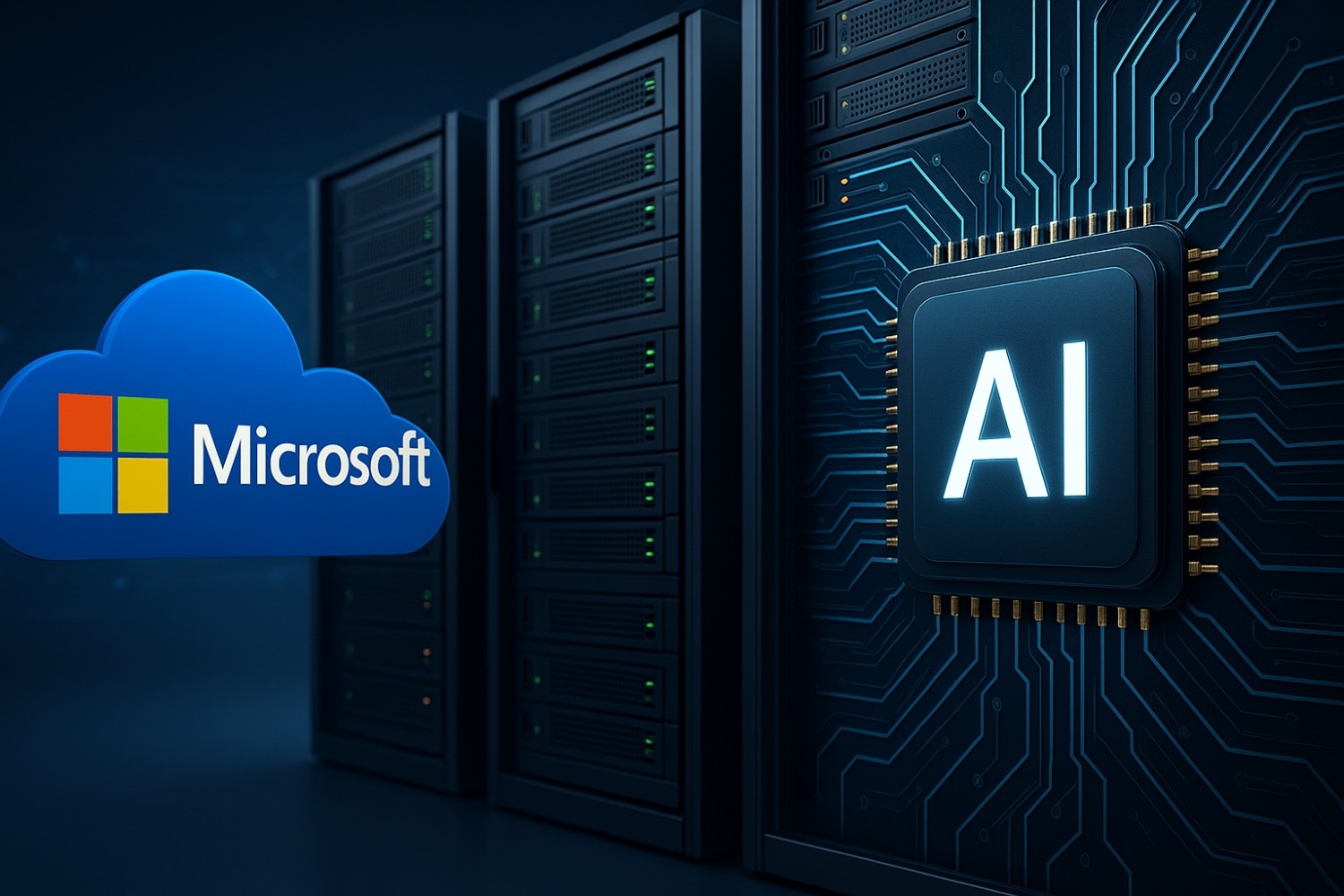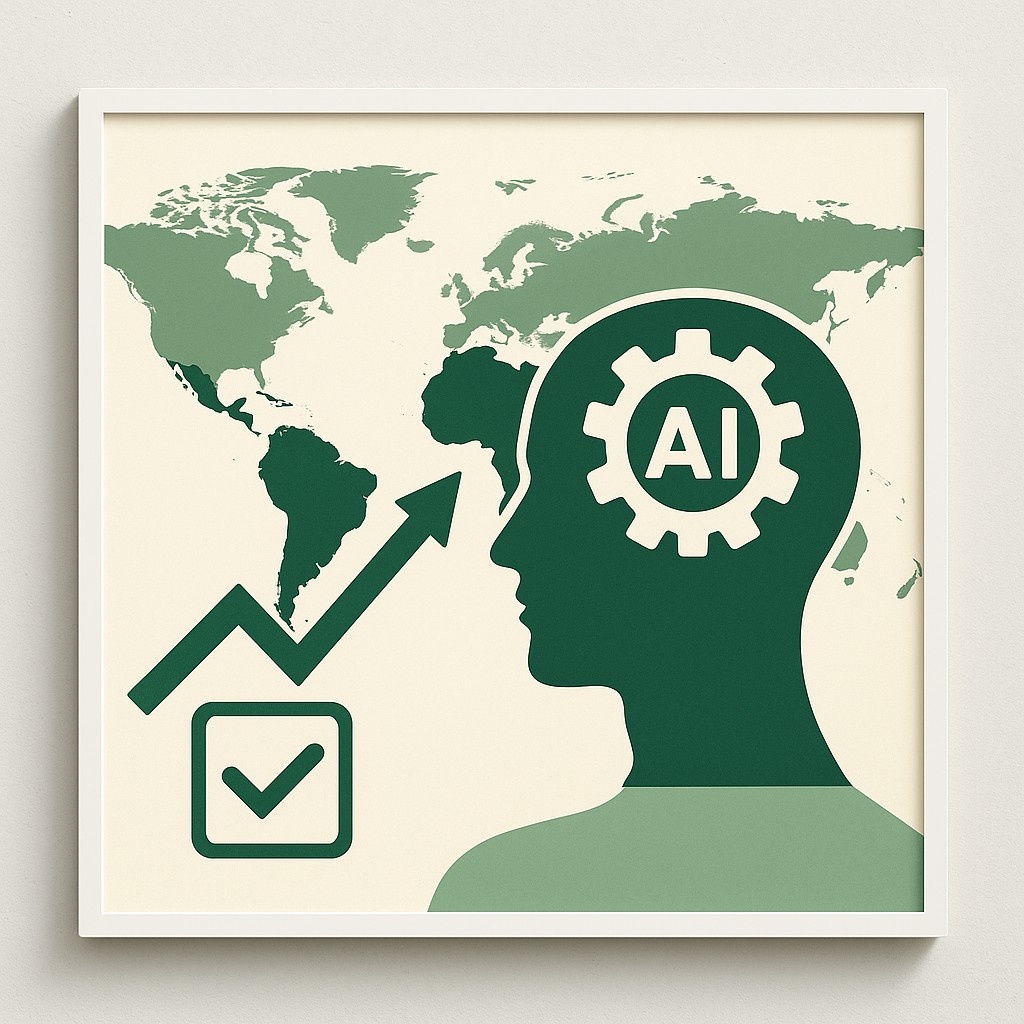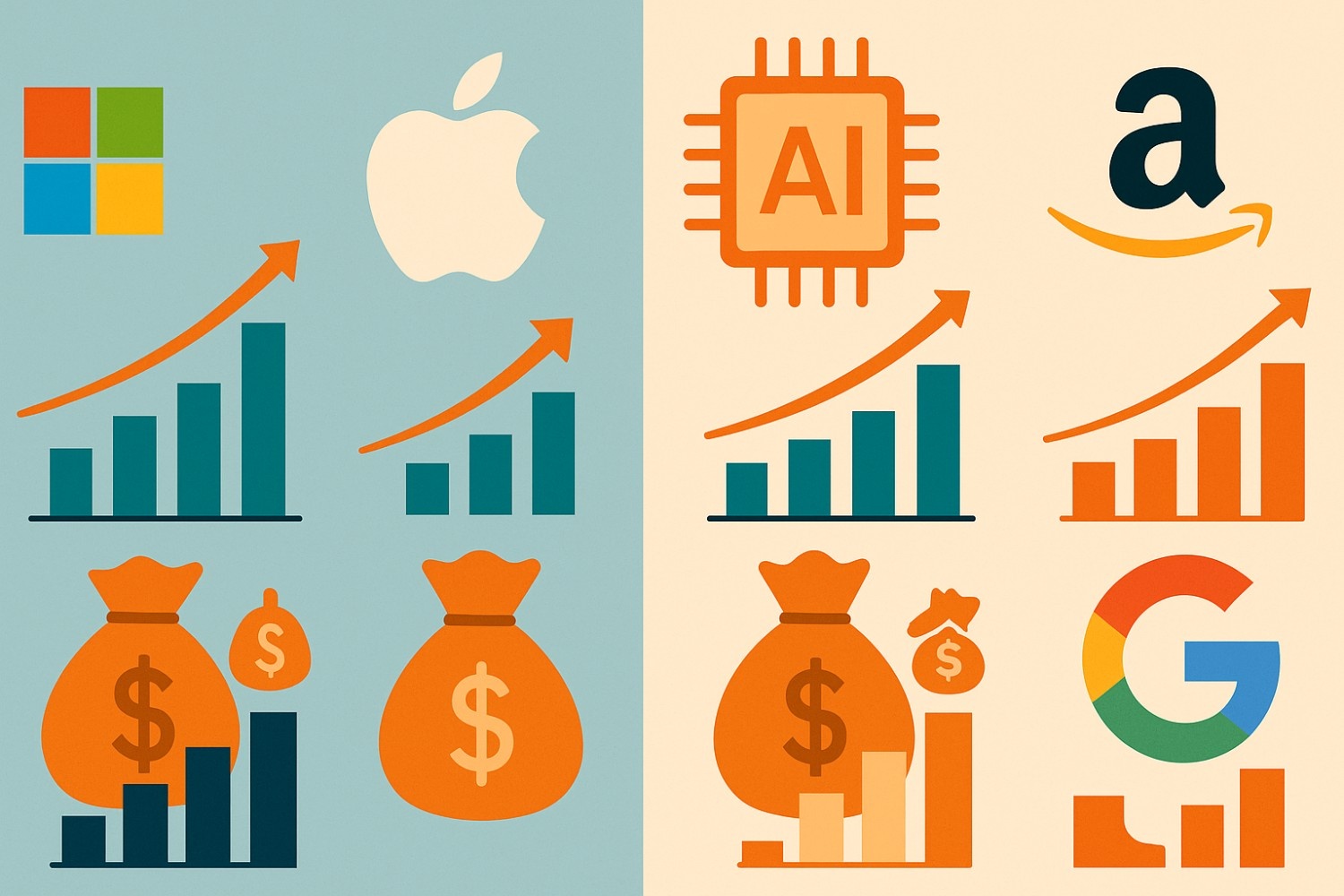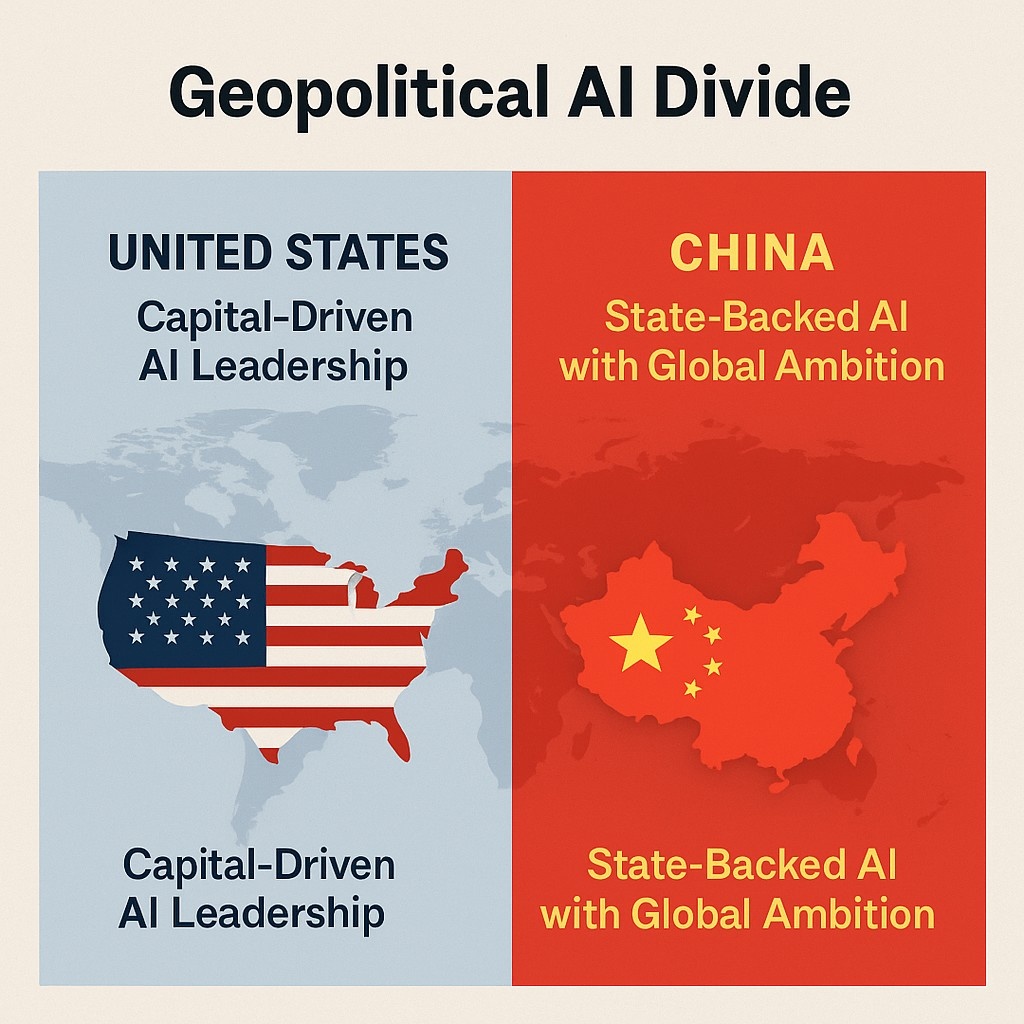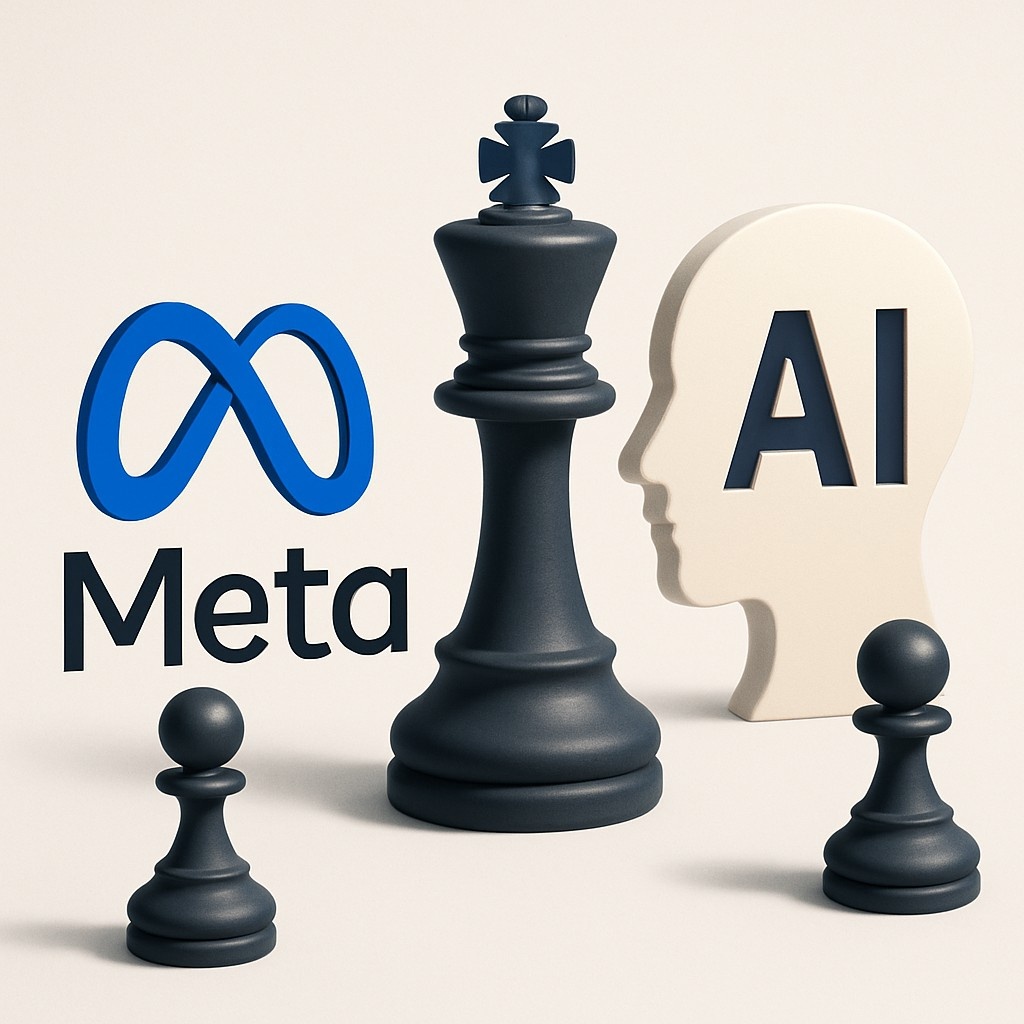The Four Trillion Dollar Club: How Microsoft Became the Backbone of the AI Economy
Microsoft’s second-quarter earnings delivered more than strong numbers—they signaled a structural shift in the technology industry. On July 31, 2025, the company briefly reached a $4 trillion market capitalization, becoming only the second firm in history to achieve this milestone. The rally was driven by a blockbuster earnings report that not only exceeded Wall Street expectations but also confirmed Microsoft’s new identity: the infrastructure backbone of the AI revolution.
Earnings Snapshot: AI-Fueled Growth in the Cloud
- Q2 2025 Revenue $76.4B
- YoY Growth 18%
- Net Income $27.2B
- Azure Growth 39%
The standout figure in the report was Azure’s 39% year-over-year growth—a clear indicator that Microsoft’s aggressive AI strategy is translating into scalable, high-margin revenue. Analysts had expected a solid quarter, but few anticipated growth at this magnitude.
The AI-Azure Flywheel: Microsoft’s Strategic Masterstroke
At the center of this surge is Microsoft’s early and outsized bet on artificial intelligence infrastructure. Through its multibillion-dollar partnership with OpenAI, Microsoft has embedded cutting-edge generative AI capabilities directly into its cloud ecosystem. As enterprises rush to deploy AI-powered products and internal tools, they are increasingly turning to Azure—not just for compute and storage, but for access to pre-trained foundation models, inference services, and API integration at scale.
This has created a self-reinforcing flywheel:
- AI demand drives Azure usage.
- Azure revenue funds next-gen AI infrastructure.
- Improved infrastructure boosts Azure’s competitive edge.
Rather than chasing short-term product wins, Microsoft has strategically positioned itself as the essential utility layer for the global AI economy—a move that is not only sticky but structurally defensible.
Azure Is Now a $75 Billion Standalone Business
In a rare move, Microsoft disclosed Azure’s standalone annualized revenue for the first time, revealing it has crossed $75 billion—a figure larger than the total revenue of many Fortune 100 firms.
This transparency signals confidence in Azure’s trajectory and places Microsoft in a different league. While competitors like Google and Amazon continue to emphasize the capabilities of their respective AI models, Microsoft is focused on monetizing the infrastructure layer—the cloud, APIs, developer tooling, and inference services that make AI usable at scale.
The Shift From Software to Infrastructure Powerhouse
For decades, Microsoft was known for its dominance in productivity software and enterprise licensing. Today, it is increasingly becoming the “plumbing” of the AI era—quietly powering model training, deployment, and application delivery for companies across industries.
This role offers several long-term advantages:
- High-margin recurring revenue.
- Deep enterprise lock-in.
- Massive demand tailwinds from global AI adoption.
- Defensibility through scale, capex, and technical partnerships.
Unlike model providers competing over accuracy benchmarks, Microsoft has carved out a platform-centric moat, making itself indispensable to startups and Fortune 500 firms alike.
Conclusion: Microsoft Isn’t Just Participating in the AI Boom—It’s Building the Roads
The Q2 earnings report does more than reflect another strong quarter—it signals that Microsoft is no longer just a tech company. It is now infrastructure. Just as AWS became the invisible foundation for the internet economy in the 2010s, Azure is becoming the operating layer for the AI economy of the 2020s.
With $75 billion in cloud revenue and accelerating demand for AI tools, Microsoft’s position is clear: it’s not racing to build the best model—it’s making sure every model runs through its pipes.
